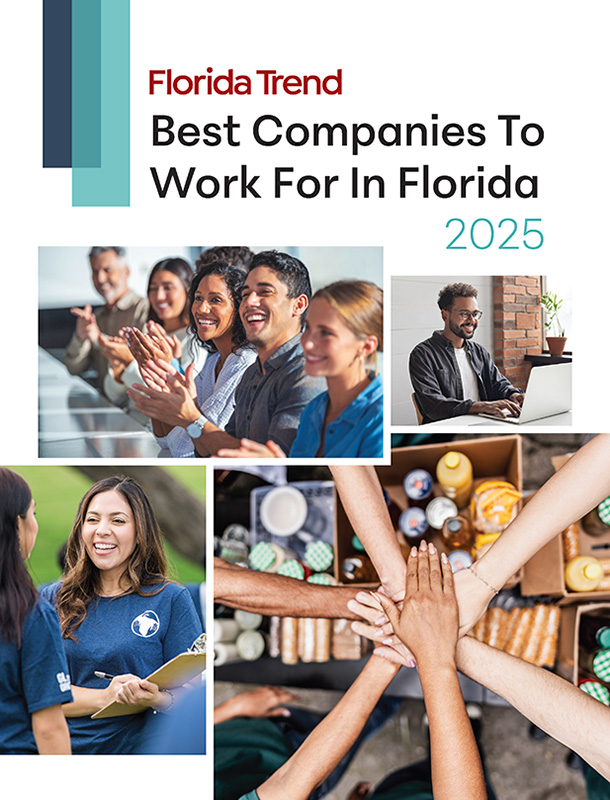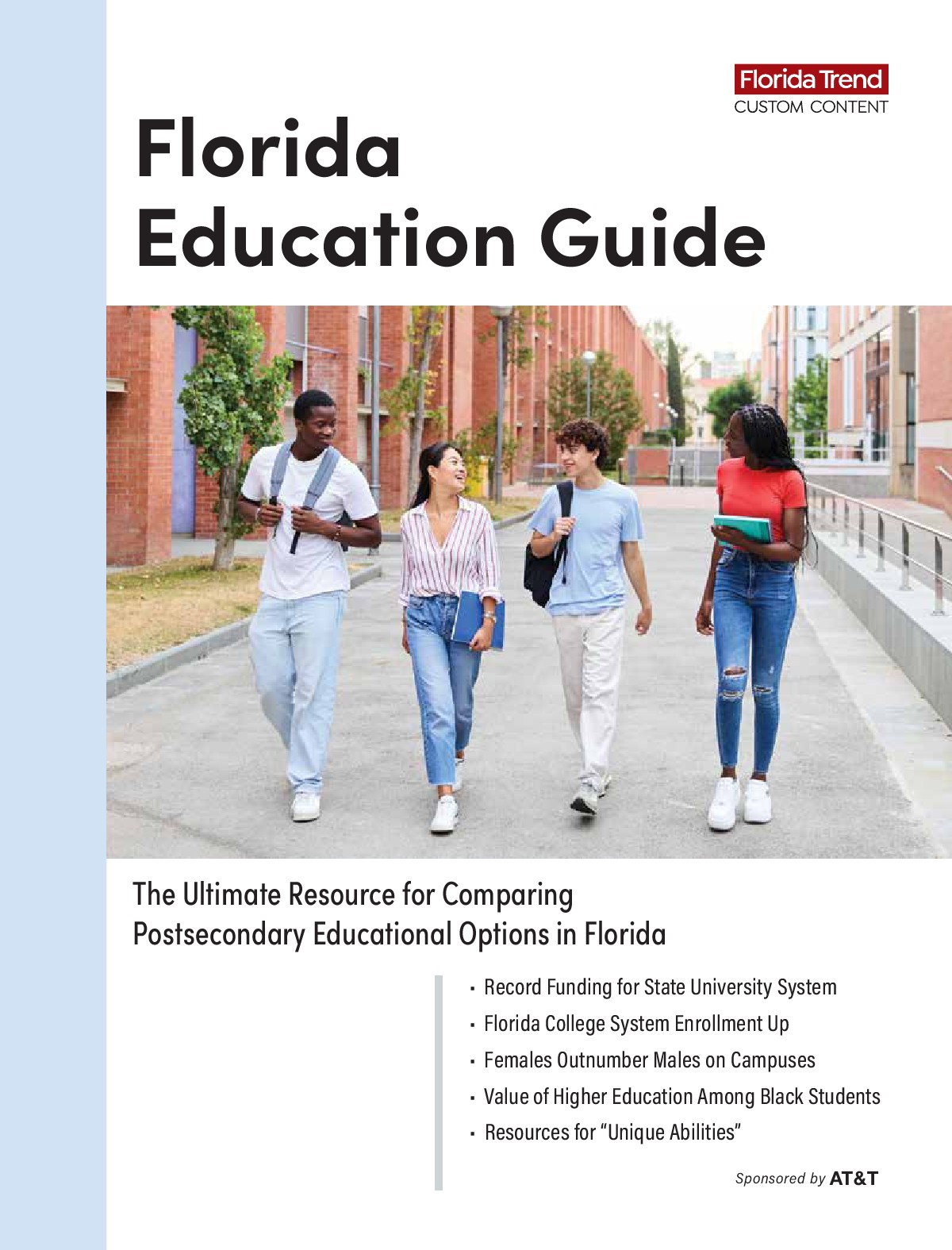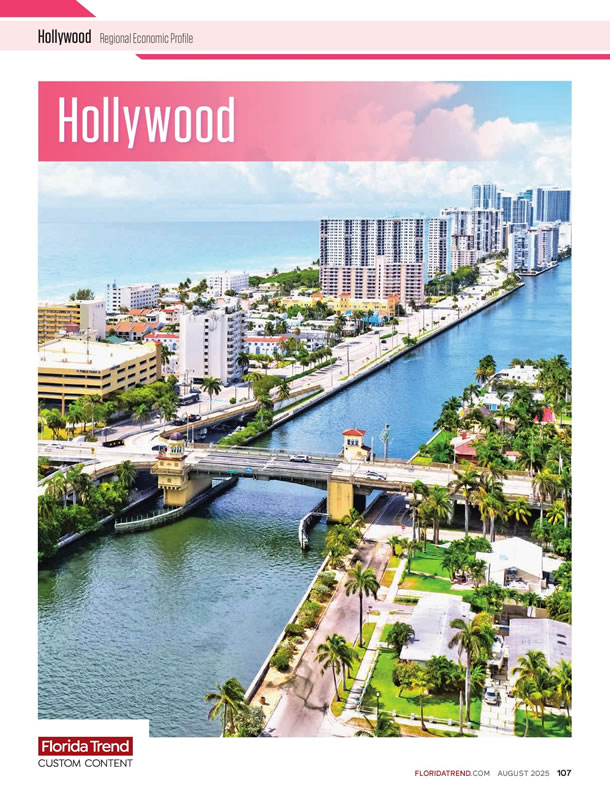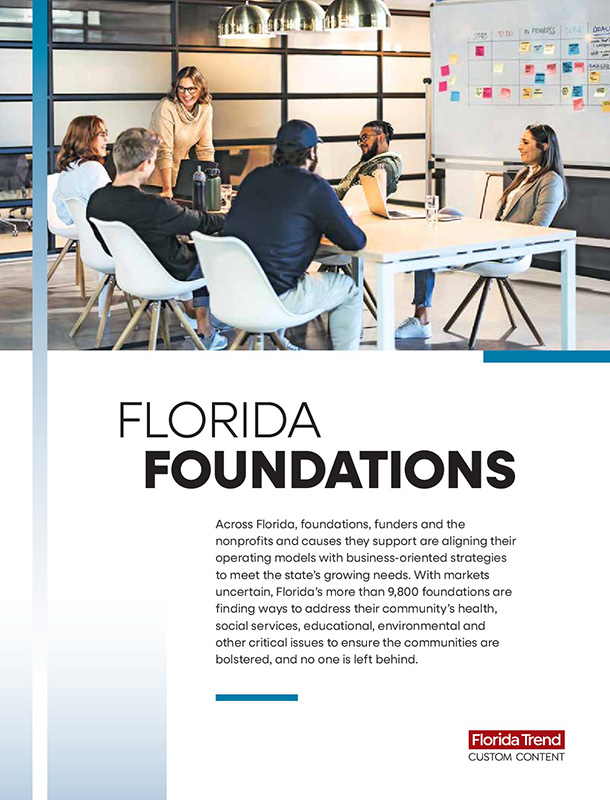Just how big a problem is hard to tell. Since large-scale production of petroleum-based plastics began in the early 1950s, researchers have learned that less than 10% of plastic ever gets recycled. Most ends up in landfills, as litter, or worse, broken down into ever smaller and smaller fragments called microplastics, that drift, blow and otherwise disperse into bodies of water.
Some microplastics are deliberately manufactured in the form of tiny plastic beads that give scrub and gleam to some toothpastes, facial soaps, body washes and other personal care products. There are even microplastic fibers in the new generation of synthetic sportswear fabrics, and they shed from garments, especially in the wash.
All these microscopic bits make their way down sinks and around wastewater treatment plant filters then are discharged into rivers, lakes and oceans along with the rest of the treated effluent. In turn they are eaten by fish, birds, oysters, sea turtles and even tiny creatures low in the food chain, like plankton. What’s more, toxins that adhere to these bits of plastics get eaten, too.
So each time Floridians brush their teeth or wash their workout clothes, they are inadvertently sending bits of plastic into the aquatic environment. Scientists now know that microplastics are everywhere in coastal and marine waters – many decades’ worth – but they don’t yet fully understand how the plastic bits got there, their overall impact or the potential for remedies. The connections between human health and environmental microplastics are also unknown.
Think Globally, Act Locally
Maia McGuire, a Florida Sea Grant agent with UF/IFAS Extension in Flagler and St. Johns counties, has launched a microplastics education initiative that is recruiting volunteers from around the state to sample for microplastics in coastal waters. Volunteers learn how to properly collect water samples, isolate microplastics from them and then enter their data into an online Google map that displays sampling results.
Project volunteers are producing the first data set of microplastics distribution in Florida waters statewide. Thus far, more than 200 volunteers have collected and analyzed more than 1,000 water samples at 352 locations around the state, McGuire says. Nearly 90% of the samples contained at least one item identified as plastic. Microfibers are far and away the most common type of plastic found.
Plastic endures but you can reduce your plastic footprint by:
• Using a washable coffee cup instead of a disposable cup.
• Using washable containers for packing lunches or leftovers.
• Saying no to the straw. Drinking straws are one of the top 10 items found in coastal cleanups. Paper or washable straws can reduce this.
• Reading labels on personal care products like facial scrubs and toothpaste, and avoiding products that contain polyethylene microbeads.
• Choosing clothes made from natural fabrics like cotton and hemp, and cleaning products like natural sponges and chamois cloths, rather than synthetic textiles that shed microfibers into rivers and the ocean.
• Using paper and cloth bags instead of single-use plastic bags when shopping.
• Using a refillable water bottle instead of disposable, single-use plastic bottles.
You can pledge to take one or more of these actions by visiting plasticaware.org.
“The goal of the analysis is not to quantify the total amount of microplastics in the water,” she says. “The analysis is primarily to show people that microplastics are present in local waters, and that this is not just a problem in the ‘Great Pacific Garbage Patch,’ or in the Great Lakes, as people might think from media coverage.
“I wanted to find a way to help people understand that there are things we can do as Floridians to help,” McGuire says.
In addition to educating people about the prevalence of microplastics, McGuire also hopes to teach Floridians ways to reduce their personal contribution to microplastics pollution. As she points out, the popularity and convenience of disposable, single-use plastic packaging means that most of it becomes waste in just a few days.
“No one is calling for the removal of plastic from our lives, but we are hoping people will think more carefully about how they use plastic, and how they can use less.
“With a problem like this — a global problem — it’s easy to get discouraged and wonder, what can I do about that?” McGuire says. “My answer is, making small changes means that at least one piece of plastic didn’t end as waste. The more people making small changes, the more plastic is kept out of the ocean.”
Want to become a volunteer who samples for microplastics in water?
There are multiple ways to get involved. The Florida Microplastic Awareness Project has a network of coordinators around the state who are seeking volunteers. You can also establish a sampling location in a new area. Visit www.plasticaware.org for more information.
Providing support for programs like this microplastics awareness initiative is part of the core mission of Florida Sea Grant. With your help, we can expand our research effort. Make a gift today at www.flseagrant.org/donate/.













